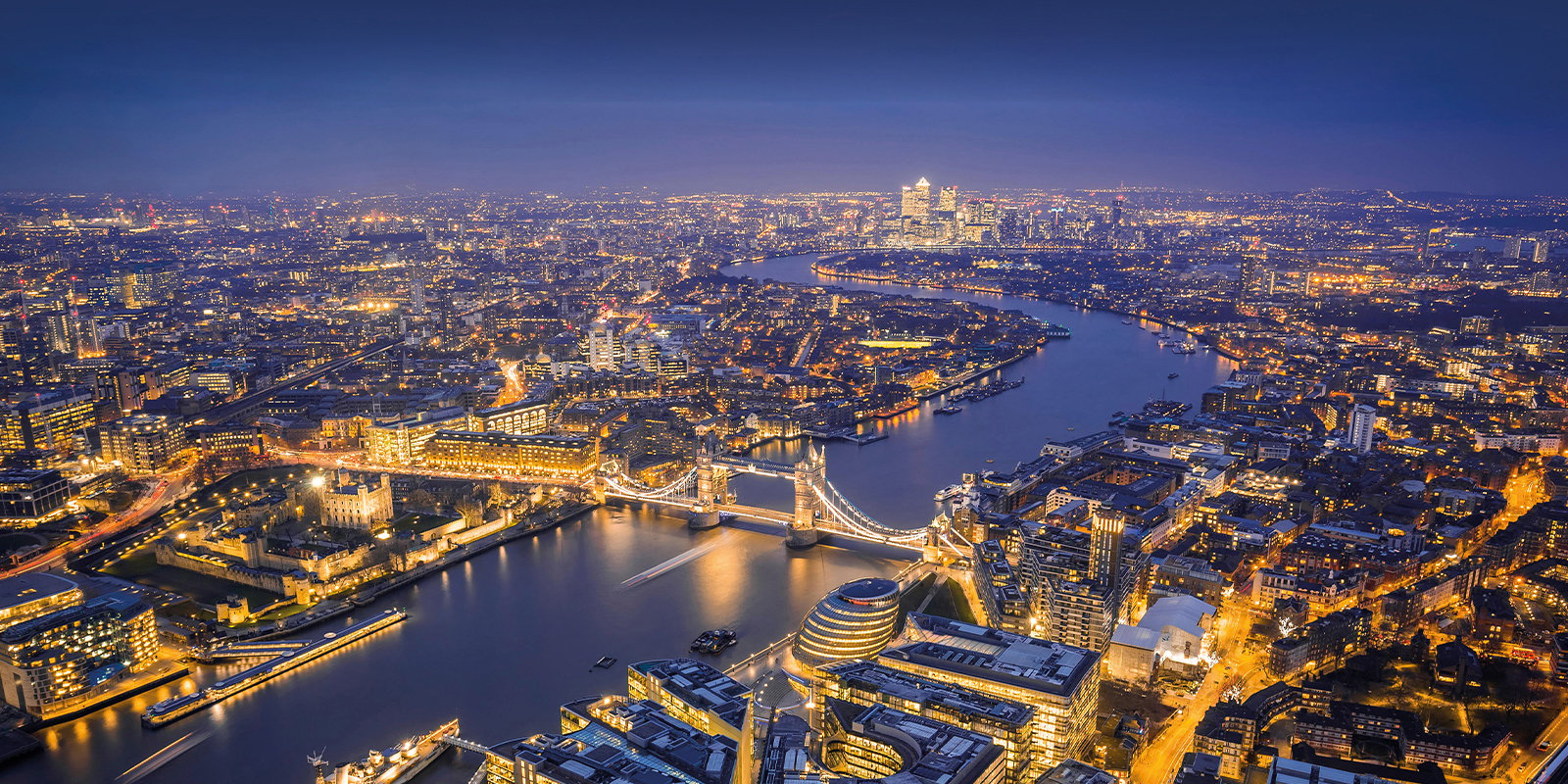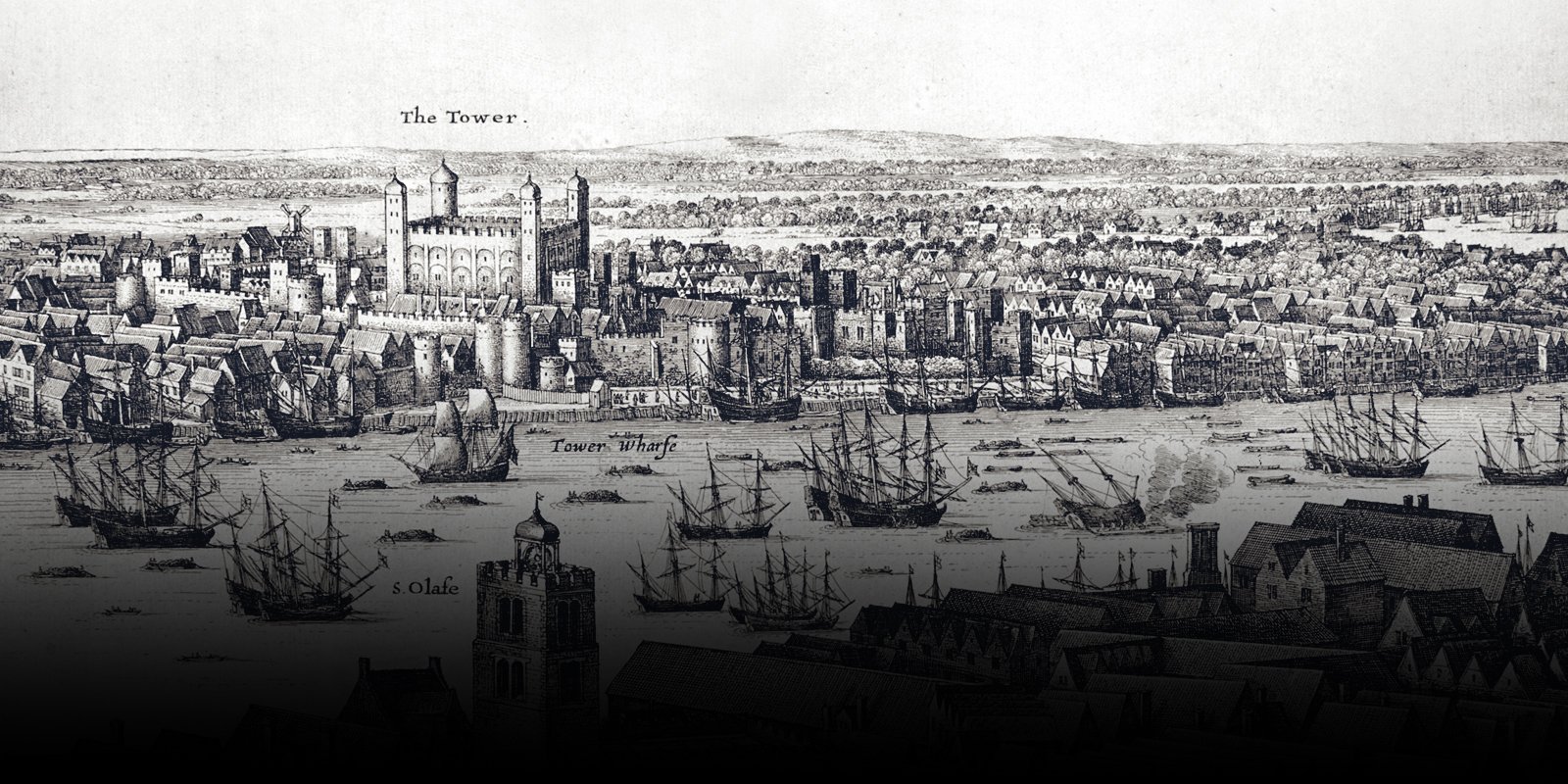London is one of the world’s pre-eminent financial and cultural centres with a story that stretches back thousands of years. Restless and resilient, the city has survived plague, fire and bombardment, perpetually evolving and reinventing itself. Standing on the banks of the Thames for more than a thousand years, the Tower of London has been a constant presence through centuries of change and its huge stone walls have provided the backdrop to many of the most momentous events in the city’s history.
Magna Carta
William the Conqueror built the Tower of London during the 1070s as a symbol of his power. Intimidating and imposing, the aim was for it to strike fear into his new subjects and suppress any thoughts of rebellion. However, just over a hundred years later, the garrison found itself under siege as the barons went into open revolt against the unpopular rule of King John. In 1214, one of the revolt’s leaders – Robert Fitzwalter – led an army into London and laid siege to the Tower, a situation that was only resolved once the king signed Magna Carta, a written agreement that limited royal power.
The Peasants’ Revolt
In 1381, a dispute about taxation and the bonds of serfdom gave rise to the Peasants’ Revolt. The uprising started in Essex and soon spread to Kent. Coordinating their tactics, the rebels marched on London to set out their demands, where they burned and plundered the city and even attacked the Tower of London. After an unsuccessful first meeting, the king – Richard II – agreed to meet the peasants’ leader Wat Tyler again. However, incensed by Tyler’s arrogance in the presence of the king, the Lord Mayor of London William Walworth slew Tyler with his sword. Following the incident, the revolt ceased and Tyler’s head appeared on a pole to deter further uprisings.
The Great Fire of London
During the seventeenth century, the area around the Tower witnessed a great disaster. By the 1660s, London’s population had grown to around 350,000, making it one of the largest cities in Europe. The city’s population mostly lived in tightly packed thatched-roof, wooden houses, with hay and straw filling the sheds and yards, and buildings covered in a highly flammable substance called pitch. On 2 September 1666, a fire broke out in a baker’s shop in Pudding Lane. Fanned by strong winds from the east, it spread quickly and the diarist Samuel Pepys noted that even the king – Charles II – helped to put out the fire. The destruction of buildings eventually stopped the fire spreading from house to house but not before huge destruction and loss of life. In total, 13,200 houses were destroyed along with 87 churches but the Tower of London remained unscathed thanks to its huge stone walls.
The First and Second World Wars
As Britain went to war in 1914, men who worked in nearby city firms enlisted at the Tower and even received military training in the moat. As forces around the country mobilised, garrisons formed at the Tower before departing for the front line in France. During the Second World War, barrage balloons were an iconic feature of London’s skyline. Designed to counter low-flying aircraft and prevent aerial attack, they were tethered across the city, including at the Tower. On the ground, the Tower’s moat became a vegetable patch as part of the Ministry of Agriculture’s Dig for Victory campaign to keep Britain fed.


